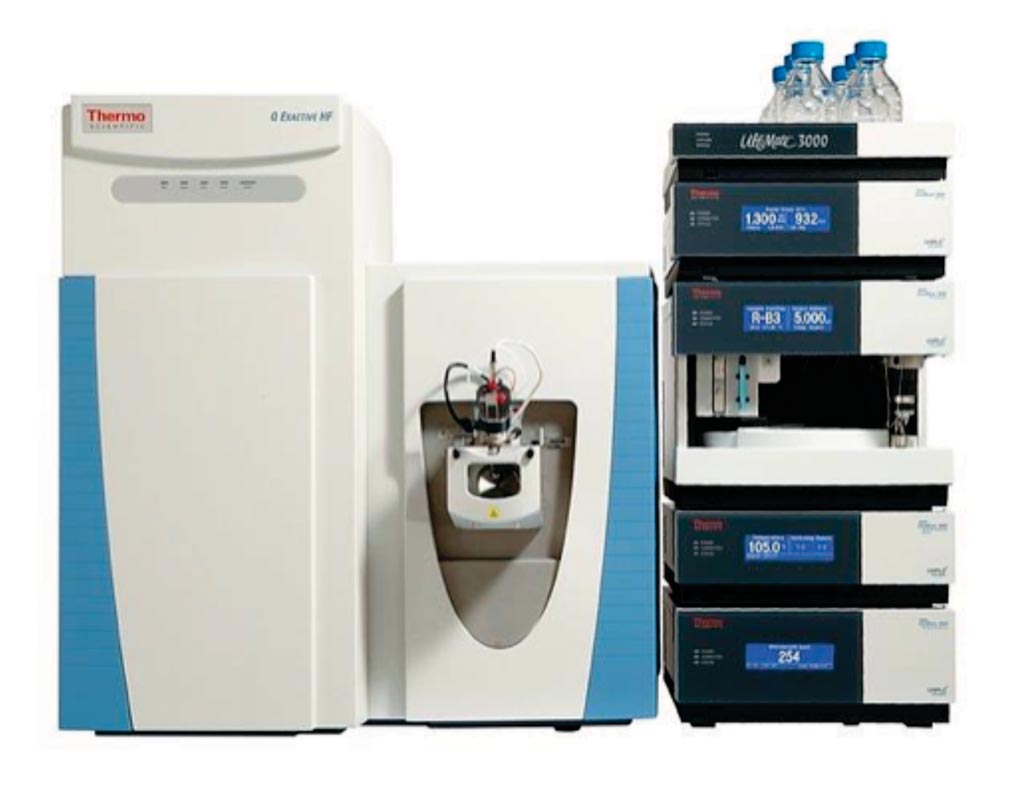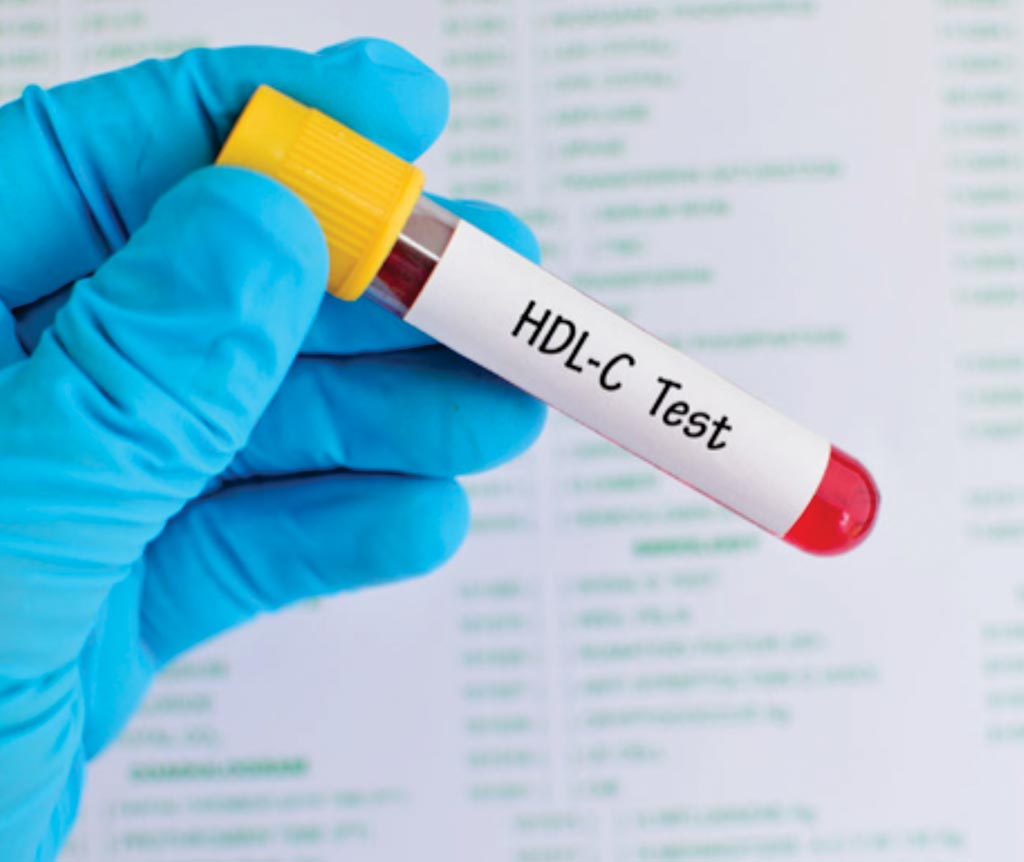Clinical Chemistry




B-Type Natriuretic Peptide Sandwich Immunoassay Evaluated
The measurement of circulating natriuretic peptides (NP) is considered to be a useful marker of myocardial function, and international guidelines recommend its use for the diagnosis of patients with heart failure (HF), and in particular ruling out the presence of HF. More...23 Apr 2019

HDL‐C Levels Associated with Harmful CKD Progression
Serum high‐density lipoprotein (HDL) has traditionally been considered to be protective against cardiovascular disease in the general population. HDL exerts an antiatherogenic effect through reverse cholesterol transport, a multiorgan process that removes excess cholesterol from lipid‐laden macrophages and peripheral tissue. More...17 Apr 2019

Capillary and Venous Lactate Compared in ED Patients
Elevated lactate levels are a common finding in acutely unwell patients. Blood lactate level is a good predictor of patient outcome and high lactate levels are associated with high morbidity and mortality. Lactate may be detected and measured in all blood samples: arterial, venous and capillary. More...16 Apr 2019

In Other News
Storage Conditions Affect Urinary Albumin and Creatinine
New Automated Assay Measures Levels of sPLA2-IIA
C-Peptide Test Essential after Type 1 Diabetes Diagnosis
Increased Hormones Lead to Idiopathic Intracranial Hypertension
Signature Odor of Parkinson's Disease Discovered
Metabolic Fingerprinting Diagnoses Fibromyalgia
HbA1c Test Misses Many Cases of Diabetes
Pathology Differences Distinguish CTE from Azheimer's Disease
Blood Test to Diagnose Heart Attacks Can Be Misleading
Urine Test Allows for Rapid Preeclampsia Diagnosis
Diabetics Experience High Blood Sugar after Joint Surgery
Proteomics Profile Early Detection Ovarian Cancer
Urinary KIM-1 Concentration Interpreted in Detecting AKI
Biochemical Monitoring Devices Measure Analytes in Perspiration
Glycemic Variability Predicts Major Adverse Cardiac Event
Fecal Immunochemical Tests Performance Characterized for CRC
HbA1c Levels May Help Predict CF-Related Diabetes
Nanopatterned Microfluidic Chip Detects Cancer Markers
Analysis Compared for Accurate Pleural Fluid pH Determination
Blood Test Identifies Amino Acid Metabotypes Associated with Autism
Vitamin D Measured in Human Hair
Blood Test Detects Alzheimer's Disease before Symptoms Appear
Procalcitonin Evaluated as Sepsis Diagnostic Marker
The Clinical Chemistry channel updates the reader on tests, techniques, and research in the field - from routine assays to specialized tests on blood, urine, enzymes, lipids, hormones and more.




 assay.jpg)





